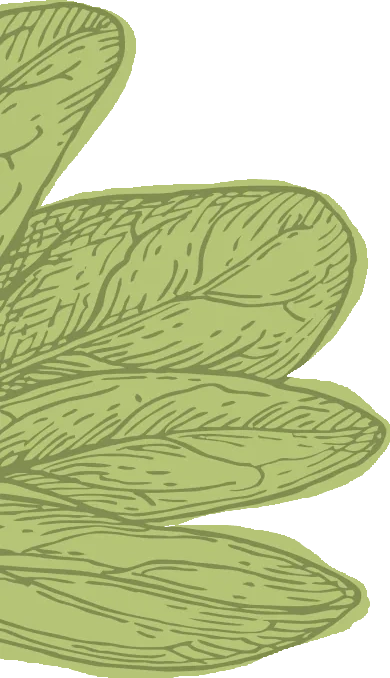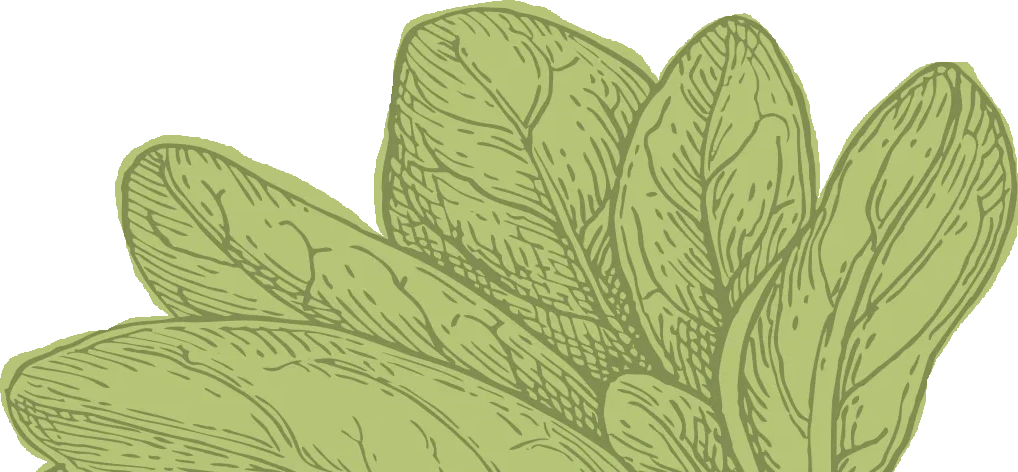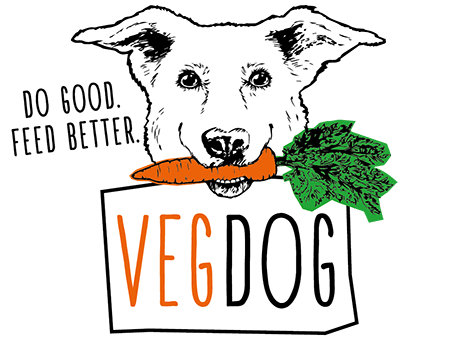
A list of dog breeds with cruel breeding characteristics
Cruel breeding means that an animal has been bred to have characteristics that cause pain, suffering or harm to the animal itself or its offspring.
 Author: Carla Steffen
Author: Carla Steffen
 Proofreader: Veronika Hajek
Proofreader: Veronika Hajek
Updated: 01.10.2024
Published: 21.06.2024
A list of dog breeds with cruel breeding characteristics
In this article you will learn:
- What Cruel Breeding Is
- Which well-known dog breeds suffer from cruel breeding
- What are the typical characteristics of cruel breeding
- What the current legal regulations look like
- What you can do against cruel breeding practices
You want to get a furry friend, but want to be sure that you are not supporting cruel breeding? We will show you the most common characteristics of cruel breeding and which dog breeds are particularly affected by it:
definition of cruel breeding
Cruel breeding means that an animal has been bred to have characteristics that cause pain, suffering or damage to the animal itself or its offspring. That is why we at VEGDOG speak out clearly against cruel breeding and appeal for the adoption of dogs. Our veterinarian Carla gives a deeper insight into this topic.
Dog Breeds with Cruel Breeding: A List
We have prepared a list of dog breeds that suffer from cruel breeding practices or are susceptible to certain diseases due to their breeding. This way, you can better prepare yourself when choosing your new four-legged friend and take preventative measures for dogs that suffer from cruel breeding practices:
- French and English Bulldog
- boxer
- Welsh Corgi
- Chihuahua
- Pekingese
- Cavalier King Charles Spaniel
- Australian Shepherd
- Pomeranian or Zwergspitz
- Cocker Spaniel
- German Shepherd
- Basset
- Shar Pei
- Dobermans
- Collie and Border Collie
- Australian Shepherd
- Sheltie
Typical characteristics of cruel breeding
The dog breeds that exist today are far removed from the original wolf and in many cases have been bred primarily for beauty. This has resulted in unnatural characteristics, which we will show below.
The short and round headedness of dog breeds such as Chihuahuas
Short-headedness and round-headedness (also called brachycephaly) are characterized by a shortening of the upper jaw, jaw and nasal bones, and a round head. This breeding trait has serious effects on the health and well-being of the dog. The compression leads to shortness of breath and a severe misalignment of the jaw . Chronic tonsillitis can be the result. Since dogs regulate their body temperature by panting, shortness of breath can even impair heat regulation , which can cause problems, especially in high temperatures. The large skull can also lead to complications during birth.
Increased wrinkle formation occurs on the face, which can lead to skin inflammation, excessive tear flow and blocked tear ducts. Eye problems, corneal injuries or spinal problems can also be related to brachycephaly.
The short and round head is particularly known in breeds such as Pug, French and English Bulldog, Boxer, Chihuahua, Pekingese and Cavalier King Charles.
Hip dysplasia and spinal problems in cruel breeds such as the Corgi
You are probably familiar with hip dysplasia in German Shepherds? The steeply sloping back line leads to changes in the musculoskeletal system and can cause serious problems, especially in old age. Hip dysplasia also occurs in Labrador Retrievers, along with elbow dysplasia.
Some Corgi breeds also have an increased risk of hip dysaplasia due to a misalignment of the hip socket. Due to the long body and short legs, other back problems often arise, such as degenerative myelopathy , i.e. damage to the spinal cord.
Abnormalities in the musculoskeletal system also occur in the Basset Hound: the shortened front and hind limbs as well as the elongated body of the Basset Hound cause spinal problems .
The Merle Pattern of the Australian Shepherd
The Merle pattern, which is particularly well-known in Australian Shepherds, is a popular coat pattern. This pattern is based on a genetic mutation and can lead to deafness and blindness in the dog itself or its offspring.
Skin changes using the example of the French Bulldog
The pronounced skin folds of the Shar Pei or French Bulldog can cause chronic, weeping skin inflammations . Blistering of the skin due to a breed-specific disease , idiopathic mucinosis, is also not uncommon in the Shar Pei. Massive changes in the skin's appearance are also evident in hairless dogs. The lack of hair is linked to a genetic factor that can lead to dental abnormalities . Thermoregulation is also disturbed and the skin is sensitive to injury. What is particularly alarming is that the genetic factor means death in 50% of the animals within the first year of life.
Gene defects in dog breeds such as the Border Collie
The MDR1 defect is mainly known in Collies, Shelties, Border Collies, Australian Shepherds and German Shepherds and is a genetic defect that leads to hypersensitivity to certain medications. The symptoms can be very serious and can even lead to death.
Over 50% of all Dobermans suffer from the incurable dilated cardiomyopathy. This is a genetic disease of the heart muscle that is the most common cause of death in Dobermans.
Aren’t cruel breeding practices prohibited?
After all this information, you are probably asking yourself: How can it be that cruel breeding is allowed despite all this? In fact, breeding dogs with such characteristics violates the Animal Welfare Act. In 2013, the so-called "cruel breeding paragraph " §11b was added to the Animal Welfare Act. In 2024, the list of rules on cruel breeding was expanded to include symptoms such as blindness, deafness or shortness of breath. In addition, animals that show characteristics of cruel breeding should no longer be offered for sale on online platforms. Nevertheless, breeding takes place because the characteristics are part of defined breed standards and are consciously requested by dog owners . There is also a lack of controls.
Since we want to clearly distance ourselves from cruel breeding practices , we can only appeal to you to give a stray dog a home . There are many animals waiting for a family on the streets abroad or in animal shelters. Although they usually do not correspond to a clear breed, they are diverse, unique, lovable and infinitely grateful. Therefore, no animals need to be bred. And cruel breeding practices should definitely be avoided. Because anyone who loves dogs wants their dog to be able to lead a healthy life without being burdened with unnecessary characteristics. Willi , Alba , Rudi, Chaiyo and Co. from the VEGDOG pack are the best examples of how great dogs from animal welfare organizations are.
You can find out more about this topic in our blog post NEW FAMILY EXPANSION! ADOPT OR BUY?
Frequently Asked Questions (FAQ)
How do I know if my dog is a cruel breed?
Typical characteristics such as round-headedness can be an indication of cruel breeding. If you suspect that your furry friend is suffering due to its physical characteristics, seek veterinary advice so that you can take preventative measures.
How can we combat cruel breeding practices?
When choosing a dog, it is best to look for one from an animal shelter. Since you are giving an existing furry friend a home, there is no need to breed any dogs with possible traits of cruel breeding. Apart from that, you are giving a little soul a wonderful life!
What effects can cruel breeding practices have on allergies?
The dilute gene, for example, can weaken the immune system, making our furry friends more susceptible to allergies .








